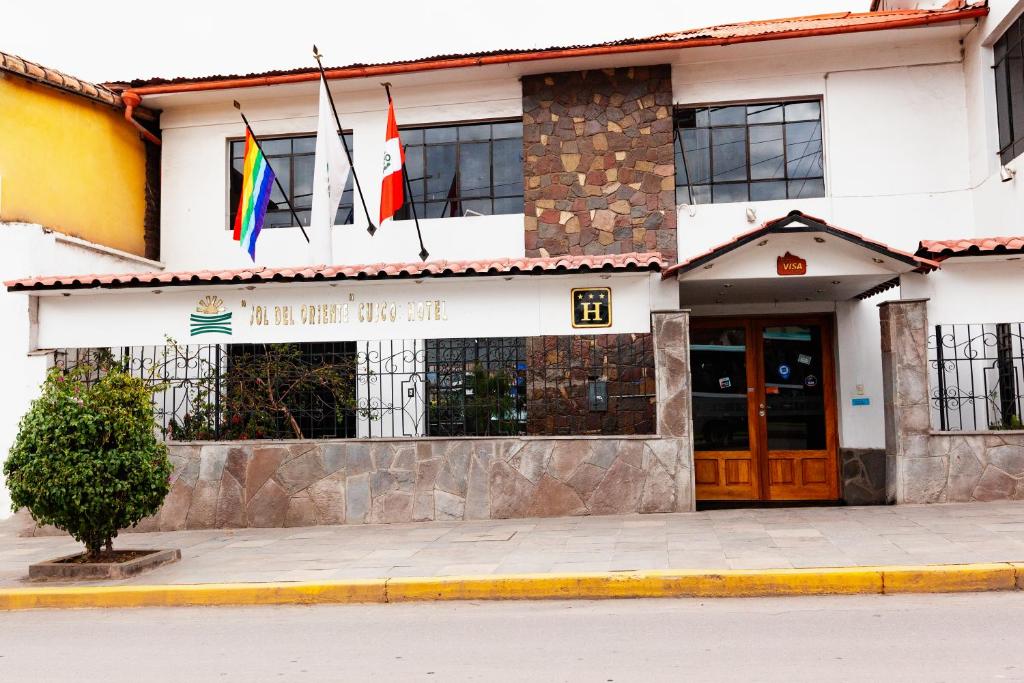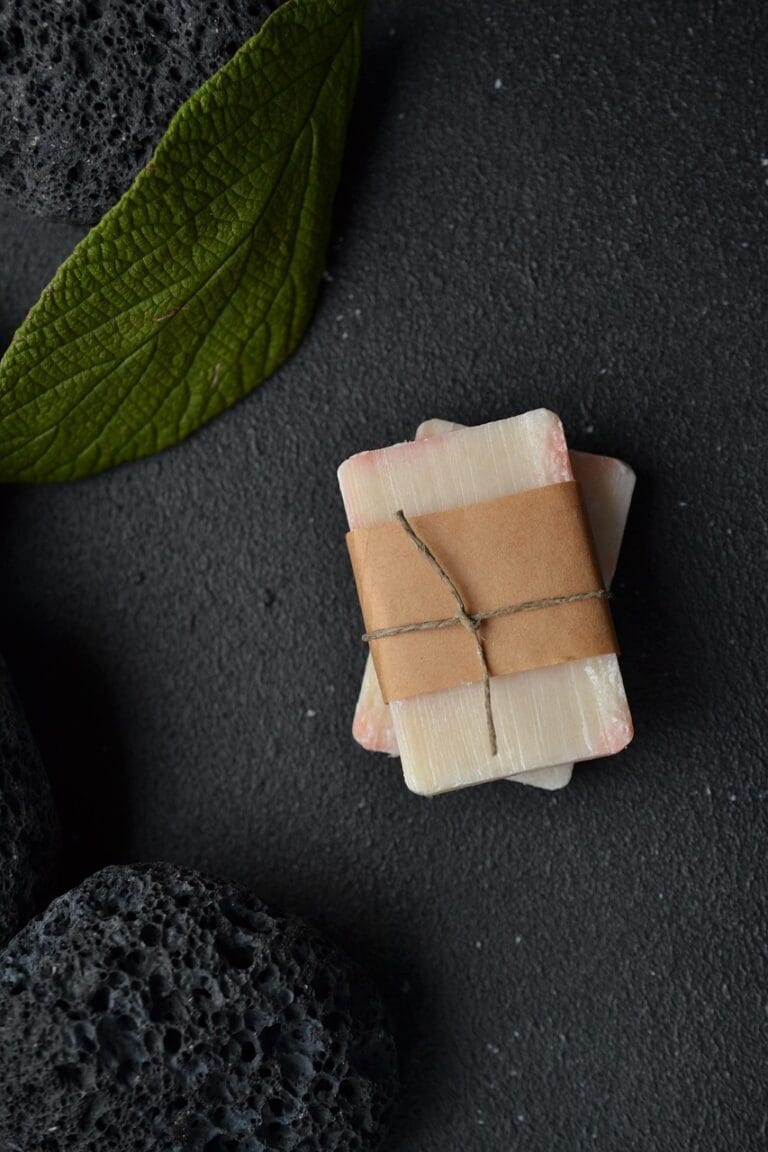Discovering Culinary Delights in Cusco
Did you know that Peruvian cuisine has been recognized as one of the top culinary destinations in the world? In Cusco, this vibrant heritage comes alive, blending ancient practices with modern techniques. As you wander through the cobblestone streets, the aromas of sizzling grilled meats and the enticing scents of local spices beckon you to explore the diverse flavors of this enchanting city.
Cusco is not just a gateway to Machu Picchu; it’s a feast for the senses. With its rich cultural tapestry, the city offers an array of traditional dishes that tell stories of its Incan roots and indigenous ingredients. From bustling street markets to elegant gourmet restaurants, every meal is an opportunity to indulge in a culinary adventure.
Join us as we delve deeper into what makes Cusco’s cuisine absolutely irresistible! Discover must-try dishes, local ingredients, and diverse dining experiences that reflect the unique spirit of this historic city.




Savor the Flavors of Cusco: Must-Try Delicacies in Peru
The Essence of Peruvian Cuisine
Peruvian cuisine is a vibrant tapestry woven from the rich history and diverse cultures that have influenced it over the centuries. At the heart of this culinary tradition is a union of flavors and techniques from three primary sources: indigenous practices, Spanish colonization, and Asian immigration. This fusion creates a culinary panorama that is not only unique but also celebrated worldwide.
Indigenous Roots
The Inca civilization laid the foundation of Peruvian cuisine through their innovative agricultural practices. They cultivated a wide range of native ingredients such as potatoes, corn, and quinoa, each showcasing the remarkable variety found in Peru’s diverse ecosystems. For instance, Peru is home to over 3,000 varieties of potatoes, which are utilized in countless dishes, highlighting the cultural significance of this staple food.
Spanish Influence
With the arrival of the Spanish in the 16th century, traditional indigenous foods gained new dimensions. The introduction of ingredients like garlic, onions, and meat transformed many dishes, resulting in a unique blending of tastes. For example, Causa Rellena, a cold mashed potato dish, exhibits this fusion perfectly by incorporating Spanish techniques and influences while using indigenous potatoes as its base.
Asian Gastronomy
The late 19th and early 20th centuries saw a wave of Asian immigrants, particularly from China and Japan, who in turn introduced cooking techniques and new dishes. This cross-cultural dialogue birthed the vibrant fusion dish known as Chifa, a harmonious blend of Chinese cooking with Peruvian ingredients. The Lomo Saltado, a stir-fry of beef, onions, and tomatoes, is a popular example that showcases the seamless combination of these varied culinary elements.
Uniqueness on the Global Stage
Today, Peruvian cuisine is celebrated for its freshness, creativity, and depth of flavor. Renowned chefs are now placing it on the global culinary map, with Peru winning awards that hail it as one of the most dynamic food regions in the world. Dishes like Ceviche, marinated in zesty lime and served with local fish, reflect this recognition—showcasing the fresh, vibrant produce found throughout the country.
This rich tapestry of influences and flavors is what makes the cuisine in Cusco particularly captivating. From bustling markets to elegant dining experiences, the essence of Peruvian food invites everyone to explore new tastes and ingredients, setting the stage for a delectable journey ahead.
Next, we will delve into Must-Try Dishes in Cusco, where specific culinary delights await your taste buds, promising an unforgettable experience.
Must-Try Dishes in Cusco
When you find yourself in Cusco, immersing in its vibrant culinary landscape means indulging in some iconic dishes that have defined the region’s identity. The diverse flavors and historical depth of Cusco’s cuisine are exemplified through dishes such as Ceviche, Lomo Saltado, and Aji de Gallina. Let’s dive into each of these must-try dishes.
Ceviche
Perhaps the most celebrated dish in Peru, Ceviche, is a refreshing mix of fresh, raw fish marinated in lime juice, spiced with aji peppers, and garnished with ingredients such as onions and cilantro. The acid from the lime “cooks” the fish, creating a delicate balance of flavors. In Cusco, Ceviche de Trucha (trout ceviche) is a local twist, utilizing the freshwater trout from the nearby Andes. For an authentic experience, visit Cevicheria La Mar, renowned for its vibrant take on this national dish, or Causa, famous for its innovative variations.
Lomo Saltado
A perfect example of Peruvian fusion, Lomo Saltado combines stir-fried beef with onions, tomatoes, and French fries, served alongside rice. This dish captures the influence of Chinese immigrants on Peruvian cuisine, blending wok-fried techniques with traditional ingredients. The result? A hearty, satisfying meal full of flavor. For the best Lomo Saltado, head to Los Toldos Chicken or Pachapapa, where you can savor a plate elevated with the flavors of local spices.
Aji de Gallina
Rich, creamy, and utterly comforting, Aji de Gallina is a traditional Peruvian dish made from shredded chicken slathered in a sauce of aji amarillo peppers, bread, milk, and cheese. This dish is often served with boiled potatoes and a hard-boiled egg, making it a filling option that showcases the rich flavors of Peru. Don’t miss the chance to try this local favorite at Abundancia, which offers a cozy atmosphere and an authentic flavor experience.
Local Recommendations
While visiting Cusco, the best way to experience these iconic dishes is to explore local eateries and discover where the locals dine. Consider a walking tour of food stalls at the San Pedro Market, where you can sample smaller portions of Ceviche, Lomo Saltado, and Aji de Gallina, giving you a flavor montage that embodies the essence of Cusco’s culinary heritage.
Forward-Looking Note
These delicious dishes are only the beginning of your culinary adventure in Cusco. As we continue, we’ll explore the local ingredients that form the backbone of these mouthwatering meals, further enriching your knowledge of this beautiful city’s food culture.
Exploring Local Ingredients
In the enchanting city of Cusco, the magic of the region’s cuisine stems directly from the land. The local ingredients not only define dishes but also speak volumes about the rich biodiversity that thrives in the Andean highlands. Among the stars of Cusco’s culinary stage are potatoes, corn, quinoa, and various meats—each offering a unique story that connects the past to the present.
The Potato: A Cultural Cornerstone
Known as the birthplace of the potato, Peru boasts over 3,000 varieties, each with its own distinct flavor, texture, and culinary application. Potatoes are integral to many traditional dishes—from the fluffy Papa a la Huancaína, featuring a creamy cheese sauce, to hearty Olluquito con Charqui, where these delicious tubers are combined with dried meat. The wide array of potatoes reflects the agricultural ingenuity of the ancient Incas and their deep-rooted connections to the land. Discovering the diverse potato varieties is not just a tasting experience; it’s a journey into Peru’s cultural history.
Corn: The Gold of the Andes
Corn, or maíz, holds deep cultural significance in the Andes. Indigenous communities have cultivated various types of corn, including the large-kernelled choclo, which is typically served as a side dish or in salads. Choclo is celebrated for its unique sweetness and is essential in dishes like Tamales and Humitas, a type of corn pudding wrapped in corn husks. The local variety offers a taste and texture that’s wholly distinct from the corn found elsewhere, creating a delightful addition to any meal.
Quinoa: The Superfood
Once regarded as the “golden grain” by the Incas, quinoa has surged in popularity worldwide for its health benefits. In Cusco, it’s often prepared in traditional ways—served as a base in salads or used in soups like Quinoa Soup, which is both nutritious and comforting. As a highly adaptable ingredient, quinoa brings a nutty flavor and a pleasing texture that can enhance a variety of dishes. Its importance is underscored not just nutritionally but also as a symbol of Peruvian identity and resilience.
Local Meats: A Taste of Tradition
Culinary exploration in Cusco wouldn’t be complete without sampling local meats, particularly alpaca and cuy (guinea pig). Alpaca meat is lean and tender, often marinated with Andean spices and grilled to perfection, making it a healthier alternative to red meat. Cuy is a traditional celebratory dish, often roasted and served with sides. Its rich flavor and texture offer a unique gastronomic experience, elevating the meal into a truly local affair. Dining on these meats allows visitors to connect deeper with the culinary heritage of the region.
With these local ingredients at the heart of Cusco’s dishes, the culinary journey deepens. In the next section, we’ll look at dining experiences that range from vibrant street food markets to elegant gourmet restaurants, where these amazing ingredients shine in every bite.
Dining Experiences: From Street Food to Fine Dining
Cusco’s culinary scene is a vibrant mix that caters to all tastes and budgets, from bustling street food stalls to elegant dining establishments. The city’s rich gastronomic culture invites visitors to explore a plethora of flavors, ensuring that everyone’s palate can find something to savor.
Street Food: The Heartbeat of Cusco
Exploring Cusco’s street food is like embarking on a delicious adventure. Vendors line the streets, offering spontaneous culinary delights made from locally-sourced ingredients. It’s a fantastic way to immerse yourself in the local culture while enjoying affordable eats.
Must-Try Street Food:
Cozy Cafés and Casual Dining
Beyond street food, Cusco boasts charming cafes where you can relax and enjoy meals in a cozy atmosphere. These establishments often feature a menu highlighting local ingredients while providing a homely environment.
Recommended Cafés:
Fine Dining: A Culinary Extravaganza
For those looking to indulge, Cusco’s fine dining scene is equally impressive and has earned accolades for creativity and presentation. Upscale restaurants often embrace the farm-to-table philosophy, highlighting vibrant local produce and Indigenous culinary heritage.
Top Fine Dining Picks:
Tips for Enjoying Food in Cusco
Cusco’s culinary tapestry is a thrilling reflection of its heritage, where every dining experience tells a story. Looking ahead, we’ll explore the innovative fusion dishes and modern culinary trends that are further redefining Cusco’s gastronomy, inviting new generations to participate in this flavorful adventure.
Fusion Cuisine and Modern Trends
Traditionally rooted in the rich tapestry of Andean culture, Cusco’s culinary landscape has embraced fusion elements and modern techniques that elevate Peruvian cuisine. This evolution is primarily driven by a new wave of innovative chefs who are not only passionate about their heritage but also keen to push culinary boundaries. With a keen understanding of local ingredients, these chefs are reimagining classic recipes, making them accessible to both locals and travelers alike.
The Rise of Innovative Chefs
Chefs like Virgilio Martínez and Gastón Acurio have pioneered movements that highlight Peruvian flavors while integrating global influences. Martínez, known for his restaurant Central in Lima, has inspired Cusco’s culinary scene by encouraging chefs to explore the Earth’s altitudes and the unique ingredients that reside at each level. His philosophy focuses on presenting dishes that mirror the diverse ecosystems of Peru, from sea to mountain.
Acurio, on the other hand, has brought attention to Peruvian cuisine on a global scale, inspiring chefs in Cusco to offer contemporary takes on traditional dishes without losing authenticity. This blend of tradition and modernity has led to exciting culinary experiences, showcasing everything from molecular gastronomy to elegant plating.
Fusion Dishes to Discover
Exploring Modern Restaurants
Restaurants in Cusco contribute to this culinary renaissance by offering menus that reflect local culture and modern culinary trends.
Culinary Workshops and Experiences
A growing trend is the culinary workshop experience where visitors can don an apron and learn directly from local chefs. These workshops allow participants to create fusion dishes, providing insight into cooking techniques and ingredients while connecting with the local culinary culture.
The fusion of culinary traditions and modern techniques in Cusco exemplifies the city’s ability to honor its past while embracing the future. With an array of innovative chefs and a vibrant dining scene, Cusco invites you to explore the rich palette of flavors now available—effortlessly bridging the gap between history and modern culinary art.
As we wrap up this culinary journey, it’s clear that Cusco’s flavors are a reflection of its rich people and culture, enticing you to savor every bite. Let’s move to our conclusion, where we’ll reflect on the unforgettable culinary experiences waiting for you in Cusco.
Savoring the Flavors of Cusco
In conclusion, Cusco offers a rich tapestry of culinary experiences that reflect its diverse cultural heritage. The unique fusion of indigenous ingredients and global influences creates a vibrant dining landscape that is destined to captivate any food lover. Whether you choose to indulge in authentic traditional dishes, explore the exciting innovations of local chefs, or savor street food delights, each bite tells a story of the region’s history and culture.
As you traverse the heart of Cusco, be sure to embrace the local flavors that await you. Remember, every meal is an adventure—so why not embark on this delicious journey and discover the best cuisine that Cusco has to offer? Your taste buds will thank you!









Peruvian cuisine is super unique, but I found the meals to be a bit on the heavy side for my taste. The fusion dishes were interesting, but I prefer simpler flavors. Still, the atmosphere in Cusco dining spots is amazing! 💖 Any recommendations for lighter dishes?
Great suggestions, David! Cusco has some fantastic options for lighter dishes. You might also enjoy a good causa!
I hear you, Jenny! Try the quinoa salad or the causa; they’re much lighter and still delicious! 😋
Thanks, guys! I’ll definitely look for those next time. 😊
I visited a local restaurant that served traditional dishes and it was so good! But I have to say, some of the prices were a bit steep, especially at the high-end places like Palacio del Inka. Is that normal for Cusco?
Yeah, Lucas, it can get pricey at the nicer spots, but sometimes the experience is worth it! Just keep an eye out for local favorites that are more budget-friendly.
Thanks for the tips! I’ll make sure to mix it up next time! 😊
Great advice, Chloe! It’s all about balancing the experience and your budget.
I just got back from Cusco and OMG, the food is incredible! 😍 I tried the ceviche and it blew my mind. The local markets have the freshest ingredients, and I loved that street food tour! You have to stop by the food stalls! Anyone know if Hotel Sol del Oriente has any food tours?
Hey Sarah! Hotel Sol del Oriente offers some great dining experiences and can guide you on food tours.
Yes! They have some great packages for food tours. I stayed there last year and loved it! You should definitely check it out! 🍽️
I was skeptical about trying guinea pig, but I went for it! Honestly, it wasn’t bad at all. I think I prefer the alpaca steak though. If I stayed at JW Marriott El Convento, would I get more fancy dining options?
Absolutely, Tommy! The JW Marriott El Convento has a range of dining options, from casual to upscale.
Definitely! The JW Marriott has some great restaurants. You get a real taste of that fine dining experience! ✨
Cusco’s food scene is like a box of chocolates—unexpected and sometimes a bit nutty! 😂 I loved the pisco sours, but the llama meat was not my fave. Anyone else have mixed feelings about some dishes?
Haha, I feel you, Rebecca! Some things looked better than they tasted, but that’s part of the adventure! 😂
That’s so true! Part of trying new cuisines is finding the hits and misses.